What is the Best Month to Start Growing Tomatoes? Complete Planting Guide
The best month to start growing tomatoes depends on your location and climate zone. Generally, start tomato seeds indoors 6-8 weeks before your last frost date, which typically falls between February and April for most regions. This comprehensive guide will help you determine the perfect timing for your area.
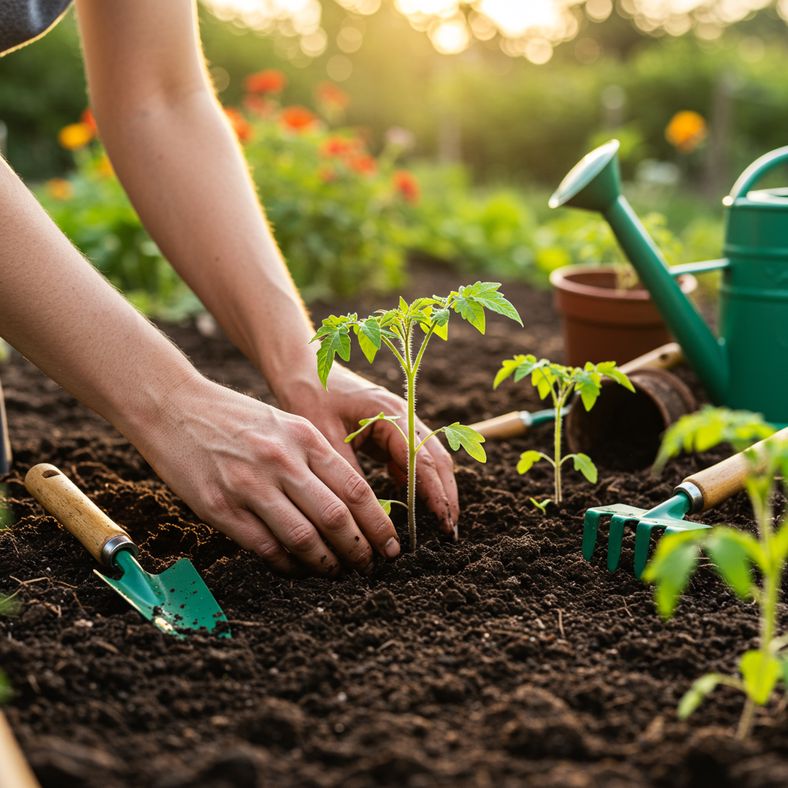
Timing is everything when it comes to growing tomatoes successfully. While these heat-loving plants promise abundant harvests, planting them at the wrong time can lead to stunted growth, poor fruit production, or even plant death from frost damage.
The best month to start growing tomatoes varies significantly based on your geographic location, local climate conditions, and whether you're starting from seeds or transplants. Understanding your area's frost dates, soil temperatures, and seasonal patterns is crucial for tomato growing success.
This comprehensive guide will walk you through the optimal timing for starting tomato seeds, transplanting seedlings, and ensuring your plants thrive throughout the growing season.
When to Plant Tomato Seeds
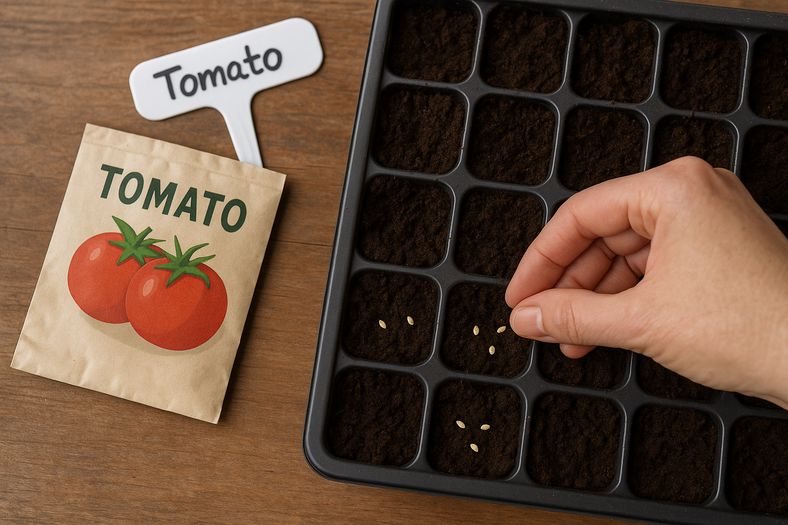
The key to successful tomato growing starts with proper seed timing. Start tomato seeds indoors 6 to 8 weeks before the last frost date for your area. This timing ensures your seedlings will be ready for transplanting when outdoor conditions are optimal.
For most regions, this means:
- February to March: Start seeds in warmer southern zones
- March to April: Begin seeds in temperate mid-Atlantic regions
- April to May: Start seeds in cooler northern climates
Avoid starting seeds too early, as this can result in leggy seedlings that struggle when transplanted. Wait until days lengthen and temperatures begin warming consistently.
You can also direct sow seeds outdoors once air and soil temperatures reach a consistent 65 to 75°F (18 to 24°C) and all danger of frost has passed.
When to Plant Tomato Plants Outside
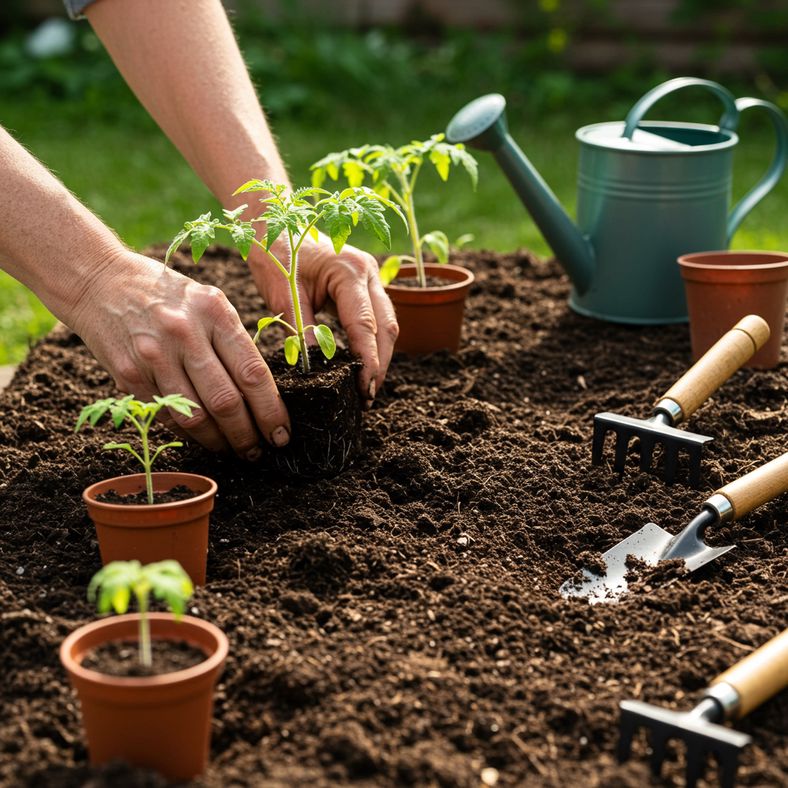
The transition from indoor seedlings to outdoor plants requires careful attention to temperature conditions. Wait until nighttime temperatures consistently stay above 50°F (10°C) before transplanting tomato seedlings outdoors.
Key temperature indicators for outdoor planting:
- Nighttime temperatures: Consistently above 50°F (10°C)
- Daytime temperatures: Consistently 65 to 70°F (18 to 21°C)
- Fruit setting: Requires nighttime temps of 55°F (13°C) or higher
Always ensure the last predicted frost date has passed for your area. Monitor weather forecasts for unexpected late-season frosts, which can kill tomato plants. In cooler zones, consider using raised beds, cold frames, or protective covers to extend the growing season.
Ideal Soil Temperature for Planting Tomatoes
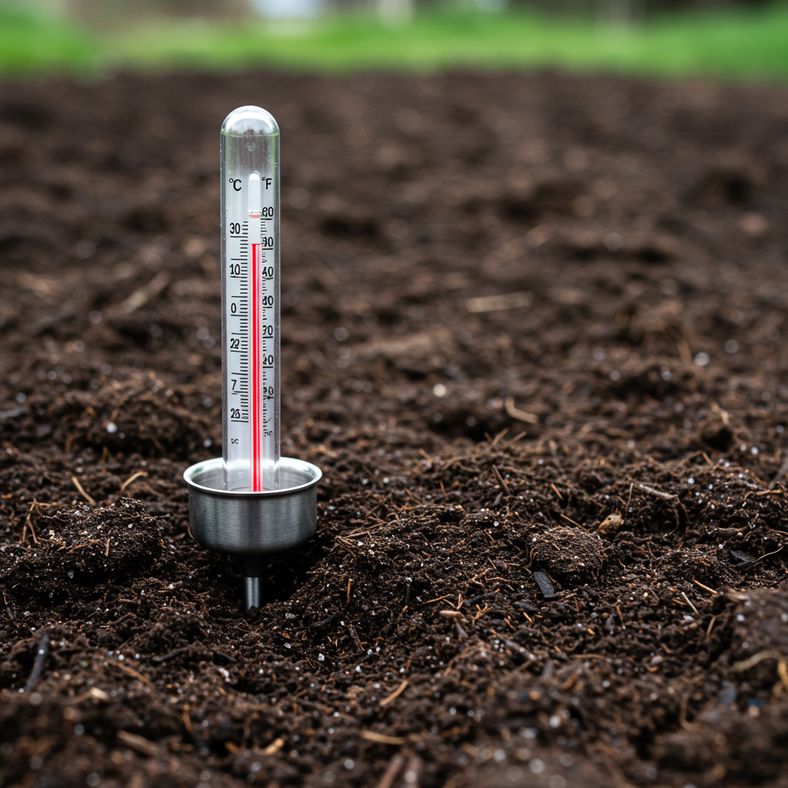
Soil temperature is just as important as air temperature for successful tomato growing. Wait until soil temperatures reach at least 60°F (16°C), with 65 to 70°F (18 to 21°C) being ideal.
Cold soil can cause several problems:
- Stunted plant growth
- Nutritional deficiencies
- Poor root development
- Increased susceptibility to disease
To test soil temperature without a thermometer, use the finger test: thrust your finger into the soil and hold it there for one full minute. If you feel uncomfortable from cold, the soil isn't ready for tomato planting.
For more accurate readings, invest in a soil thermometer to monitor temperature at a 4-inch depth where roots will establish.
When are Tomato Seedlings Ready for Planting?
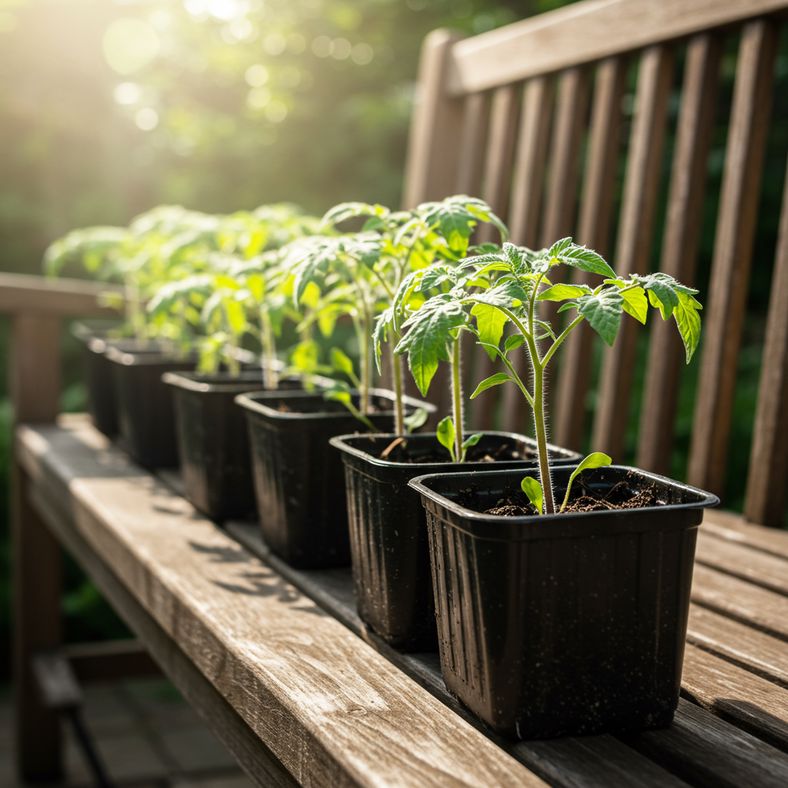
Recognizing when seedlings are ready for transplanting is crucial for their survival and success. Tomato seedlings are ready when they reach 6-10 inches (15-25cm) in height and have developed two or three pairs of true leaves.
Signs of transplant-ready seedlings:
- Height: 6-10 inches tall with sturdy stems
- True leaves: 2-3 pairs of mature-looking leaves (not the initial small, oval cotyledons)
- Root development: Visible roots at container bottom without being rootbound
- Hardening off: Completed gradual outdoor exposure over 7-10 days
The hardening off process is essential for indoor-started seedlings. Gradually increase their exposure to outdoor conditions—sun, wind, and temperature fluctuations—over about a week before permanent transplanting.
Best Time of Day to Plant
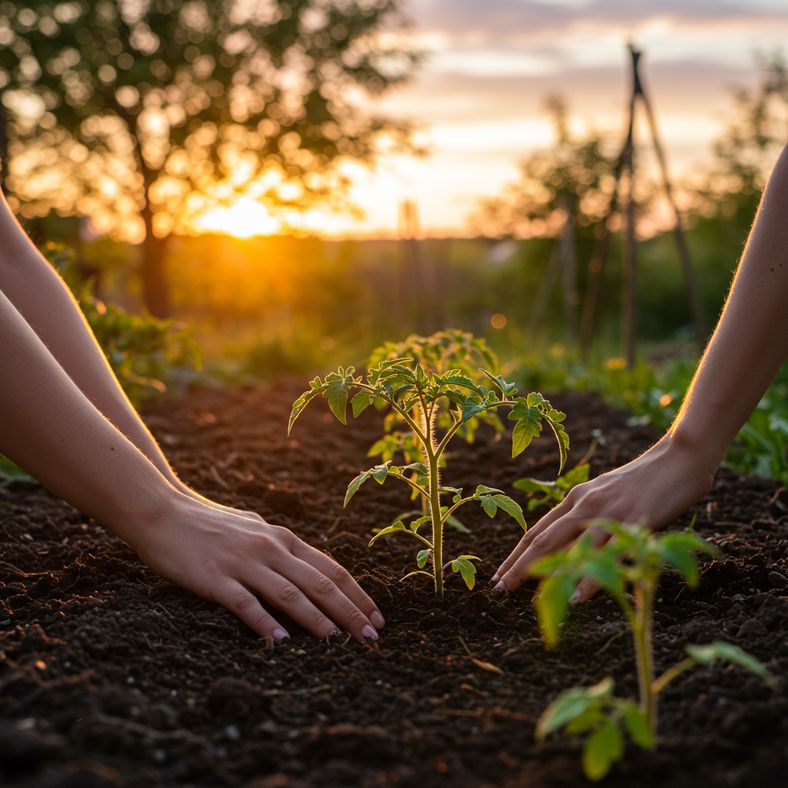
The timing of your transplanting can significantly impact plant survival and establishment. Plan to transplant tomatoes in late afternoon to early evening when temperatures have cooled and the sun is less intense.
Benefits of evening planting:
- Reduced transplant shock
- Less water stress on newly planted seedlings
- Overnight recovery time before facing full sun
- Better root establishment during cooler hours
Avoid planting during the hottest part of the day (typically 10 AM to 4 PM) as this can stress plants and reduce their chances of successful establishment.
When to Plant for Your Area

Regional climate variations mean planting times differ significantly across geographic areas. Here's a breakdown by major climate regions:
Southern Regions
In warmer southern climates, tomatoes can be grown nearly year-round with multiple plantings:
- January planting: For April and May harvest
- July-August planting: For fall harvest
- Continuous growing: Possible with protection during cooler months
Mid-Atlantic Regions
- Spring planting: March-April for late spring to early summer harvest
- Single season: Generally one main growing period
Pacific Northwest
- Late spring planting: May-June for summer harvest
- Extended season: Often into early fall with mild temperatures
Northeast and Midwest
- Late spring to early summer planting: May-June
- Harvest period: Midsummer through first fall frost
- Shorter season: Requires attention to variety selection and frost protection
When is it too Late to Plant Tomatoes?

Even if you've missed the ideal planting window, you may still have time for a successful tomato harvest. As long as the days to maturity are fewer than the days until your first expected frost, you can still plant tomatoes.
Late-season planting strategies:
- Choose fast-maturing varieties: Early Girl (52 days), Early varieties (60-70 days)
- July plantings: Can produce September harvests in many areas
- Season extension: Use protective structures like cold frames, row covers, or greenhouses
- Heirloom options: Some varieties ready in 80 days from transplant
To maximize late-season success:
- Select indeterminate varieties for continuous production
- Stagger plantings for extended harvest periods
- Prepare frost protection methods in advance
- Consider container growing for easier protection
With proper variety selection and protection methods, late-planted tomatoes can produce well into early fall, extending your harvest season significantly.